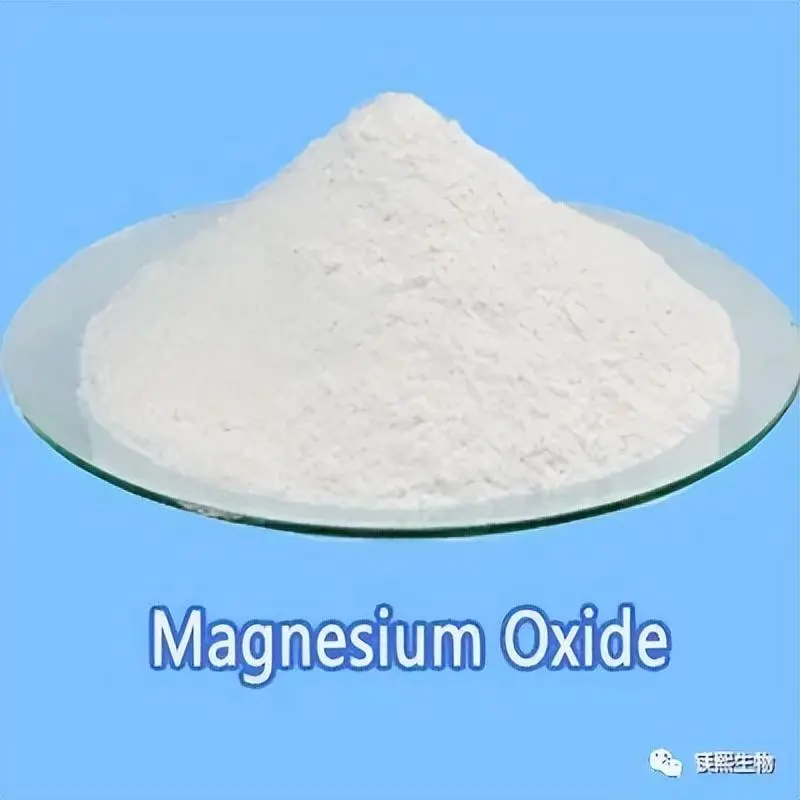Hebei Messi Biology Co., Ltd. stated that the application of nano magnesium oxide as an antibacterial agent is that nano magnesium oxide particles are used as an antibacterial agent for tropical Candida. Nano magnesium oxide particles are non-toxic and have good antibacterial efficiency against common beverage microorganisms. They have good potential as preservatives for acidic beverages, especially for tropical Candida in acidic beverages. The preparation method is simple and can be used to prepare magnesium oxide powders of different particle sizes by controlling the calcination conditions of the precursor, which is suitable for industrial production.
Studies have shown that magnesium oxide is very easy to hydrate and forms a layer of magnesium hydroxide on the surface. The oxygen dissolved in the solution generates active oxygen ions through a single electron reduction reaction. The surface of magnesium oxide is coated with a layer of hydroxide ions. Since oxygen is chemically stable in an alkaline environment, a high concentration of active oxygen ions can exist on the surface of magnesium oxide. The active oxygen ions have strong oxidizing properties and can destroy the peptide bond structure of the bacterial cell membrane wall, thereby quickly killing the bacteria.

In addition, nano magnesium oxide particles can produce destructive adsorption and may also destroy the bacterial cell membrane. Such an antibacterial mechanism can overcome the shortcomings of slow action and easy discoloration of silver-based antibacterial agents and the need for ultraviolet irradiation of titanium dioxide-based antibacterial agents.
Hebei Messi Biology Co., Ltd. stated that there are currently two main development paths for magnesium oxide antibacterial materials:
First, improve the antibacterial properties of nano-magnesium oxide by controlling particle size and morphological characteristics. For example, scientists have successfully developed a scaly nano-magnesium oxide powder that exhibits strong antibacterial and bactericidal abilities against anthrax, staphylococcus, and Escherichia coli.
Second, develop new composite antibacterial materials by combining magnesium oxide with other antibacterial materials. There are mainly activated carbon/magnesium oxide, metal oxide/magnesium oxide and chlorine, bromine/magnesium oxide, etc. Evenly dispersing nano-magnesium oxide powder on an activated carbon matrix has good antibacterial properties against Staphylococcus aureus.
Halogen gas chlorine and bromine are strong bactericides, but they are highly toxic and have high vapor pressure and cannot be used alone. The strong adsorption of magnesium oxide surface can be used to form a stable magnesium oxide/halogen gas system, so that it can be used safely and efficiently.
In metal oxide composite. Antibacterial agent, magnesium oxide/titanium dioxide composite powder is prepared by chemical co-precipitation method, and its antibacterial mechanism is studied: titanium dioxide generates electron-hole by photocatalysis under ultraviolet light, but it is easy to recombine and lose its photocatalytic and antibacterial properties. There are defects on the surface of magnesium oxide electron layer, which can accept electrons and holes, thereby inhibiting the recombination of photogenerated electron-holes, improving photocatalytic efficiency and antibacterial properties.
In production practice, nano magnesium oxide has important applications in the development of many antibacterial materials such as antibacterial ceramics and antibacterial plastics.
